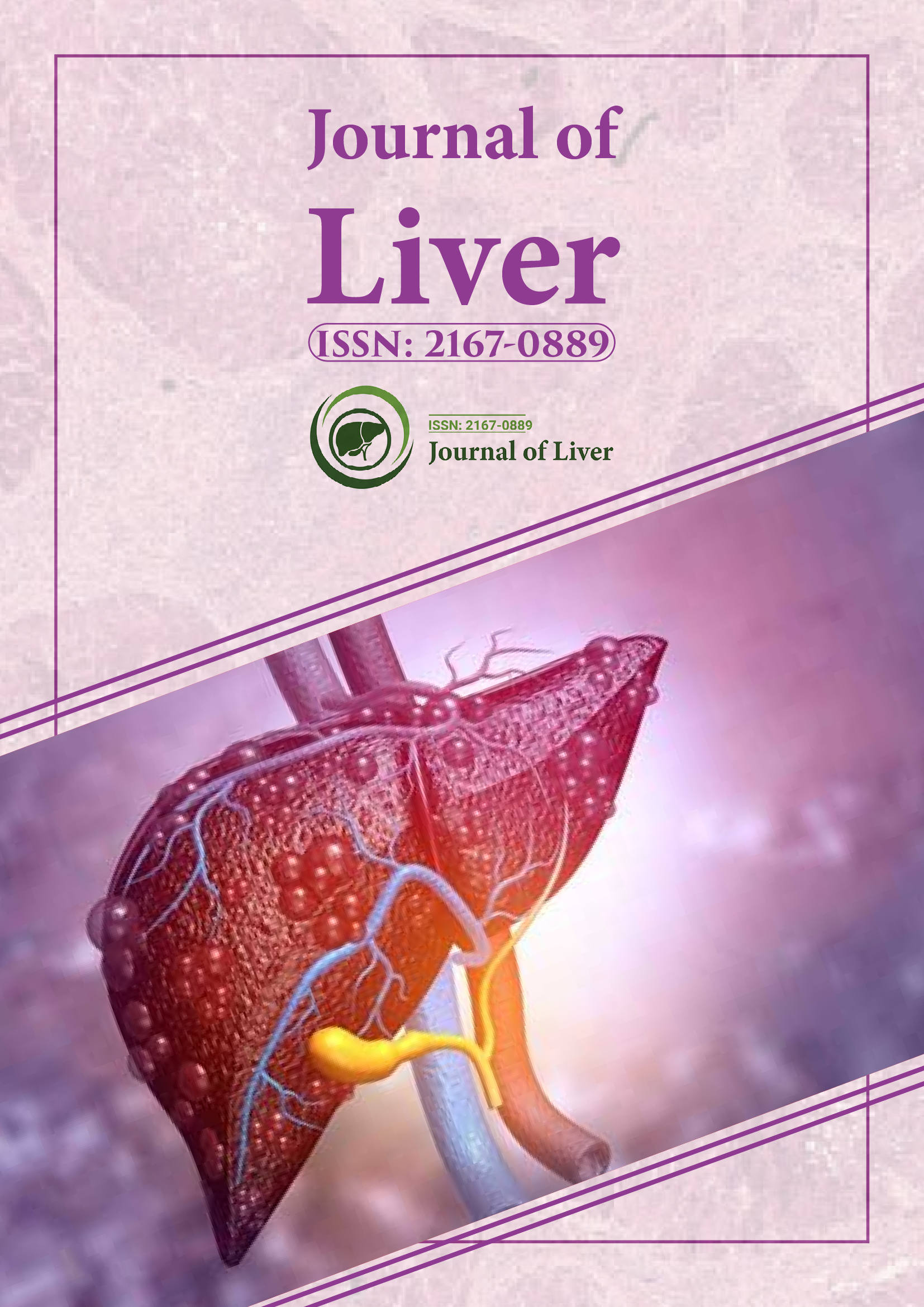Indexed In
- Open J Gate
- Genamics JournalSeek
- Academic Keys
- RefSeek
- Hamdard University
- EBSCO A-Z
- OCLC- WorldCat
- Publons
- Geneva Foundation for Medical Education and Research
- Google Scholar
Useful Links
Share This Page
Journal Flyer

Open Access Journals
- Agri and Aquaculture
- Biochemistry
- Bioinformatics & Systems Biology
- Business & Management
- Chemistry
- Clinical Sciences
- Engineering
- Food & Nutrition
- General Science
- Genetics & Molecular Biology
- Immunology & Microbiology
- Medical Sciences
- Neuroscience & Psychology
- Nursing & Health Care
- Pharmaceutical Sciences
Perspective - (2024) Volume 13, Issue 2
Bioengineering Liver Organoids: Current Progress and Future Directions
Eugenia Hideyuki*Received: 22-May-2024, Manuscript No. JLR-24-26658; Editor assigned: 24-May-2024, Pre QC No. JLR-24-26658(PQ); Reviewed: 14-Jun-2024, QC No. JLR-24-26658; Revised: 21-Jun-2024, Manuscript No. JLR-24-26658(R); Published: 28-Jun-2024, DOI: 10.35248/2167-0889.24.13.224
Description
Liver disease remains a significant global health burden, necessitating innovative approaches for treatment and research. Bioengineering has emerged as a promising avenue, with the development of liver organoids at the forefront. These threedimensional structures recapitulate the architecture and function of the human liver, offering unprecedented opportunities for disease modeling, drug discovery, and regenerative medicine. Liver organoids are derived from stem cells, which possess the remarkable ability to differentiate into various cell types. By meticulously controlling the cellular microenvironment, scientists can induce these stem cells to self-organize into structures resembling the liver. These organoids comprise hepatocytes, the primary liver cells, as well as other crucial cell types for liver function, such as bile duct cells and endothelial cells. The versatility of liver organoids has propelled their application in diverse realms of biomedical research. Liver organoids can be generated from patients with specific liver diseases, enabling researchers to investigate disease mechanisms in a controlled environment. This approach has yielded valuable insights into conditions like hepatitis, cirrhosis, and liver cancer. For instance, by creating organoids from patients with hepatitis B, scientists have been able to study viral replication and hostpathogen interactions, leads for novel therapeutic strategies. Organoids serve as potent tools for drug screening and toxicity testing. By exposing organoids to potential drug candidates, scientists can assess efficacy and identify potential side effects more accurately than traditional methods. This approach has the potential to accelerate drug development and reduce the risk of adverse events in clinical trials. The ultimate aspiration of liver organoid research is to develop functional liver tissue for transplantation. While still in its nascent stages, this approach overcomes the shortage of donor organs and providing personalized treatments for liver failure. By generating patientspecific organoids, it may be possible to create tailored therapies that are more effective and have fewer side effects. Despite their immense potential, several challenges impede the widespread application of liver organoids. One major obstacle is the complexity of the liver, with multiple cell types and intricate interactions that are challenging to replicate in vitro. Additionally, scaling up organoid production for therapeutic purposes remains a substantial hurdle. To address these challenges, researchers are actively exploring various strategies. Enhancing the maturation of organoids to closely resemble adult liver tissue is a priority. Incorporating additional cell types, such as immune cells, into organoid cultures will provide a more comprehensive model of liver function. Furthermore, advancements in biomaterials and bioprinting technologies are being investigated to create more complex and functional liver organoids. The development and application of liver organoids raise important ethical questions. Issues such as the source of stem cells, the potential for organoid sentience, and the equitable distribution of organoid-based therapies require careful consideration. It is essential to establish ethical guidelines and regulations to ensure the responsible and beneficial use of this technology. Overcoming technical challenges like maintaining oxygen and nutrient supply within organoids is important for their long-term survival and functionality. Integration of organoids with supporting structures like vasculature is another area of active research.
Conclusion
Liver organoids represent a remarkable achievement in bioengineering and potential for transforming liver disease research and treatment. While challenges persist, ongoing research and technological advancements are steadily leading for a future where these miniature organs can be harnessed to improve human health. As our understanding of liver biology deepens, we can anticipate groundbreaking discoveries and therapeutic breakthroughs in the field of liver medicine. Furthermore, exploring the potential of combining liver organoids with other organoids, such as those derived from the pancreas or intestine, to create more complex models of human physiology is an exciting frontier. As research progresses, the clinical translation of liver organoid technology overcomes revolutionizing liver disease treatment and transplantation.
Citation: Hideyuki E (2024) Bioengineering Liver Organoids: Current Progress and Future Directions. J Liver. 13:224.
Copyright: © 2024 Hideyuki E. This is an open-access article distributed under the terms of the Creative Commons Attribution License, which permits unrestricted use, distribution, and reproduction in any medium, provided the original author and source are credited.
